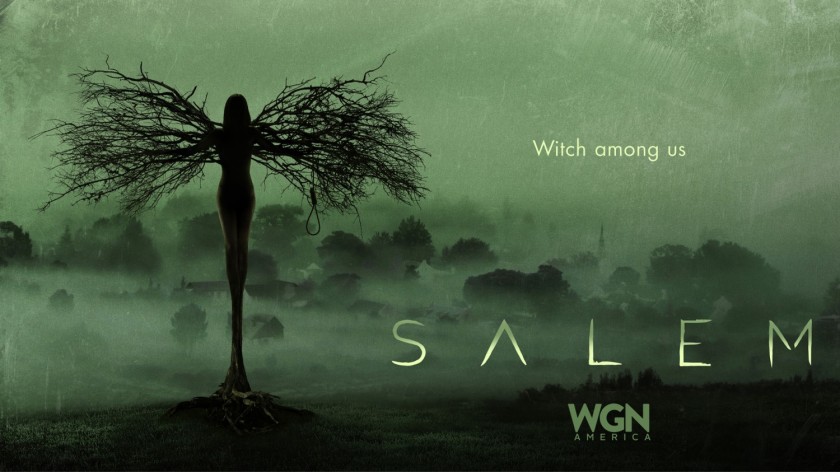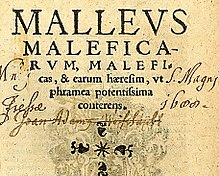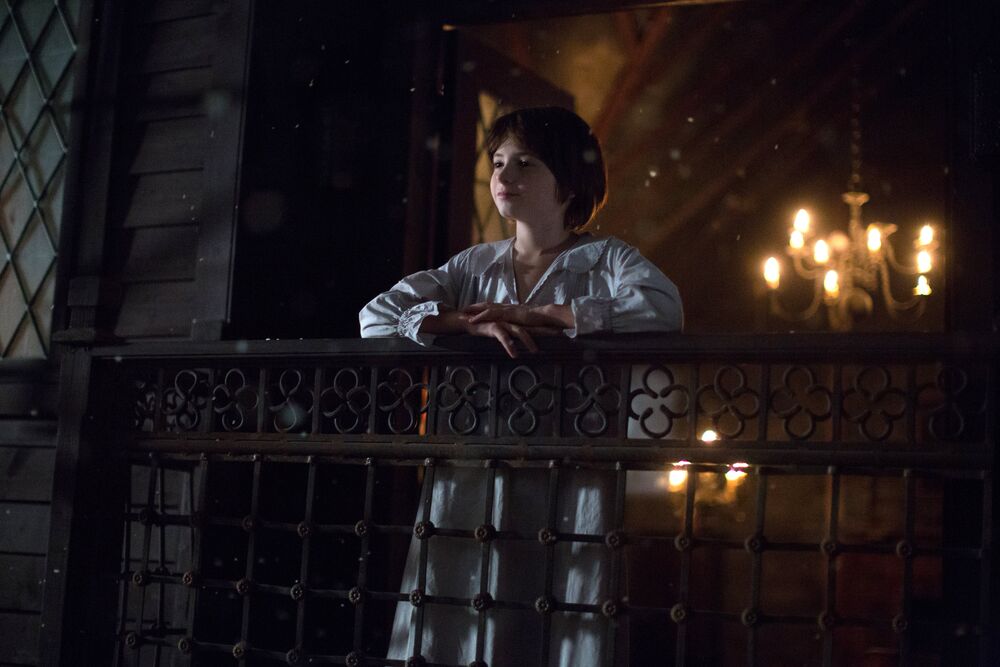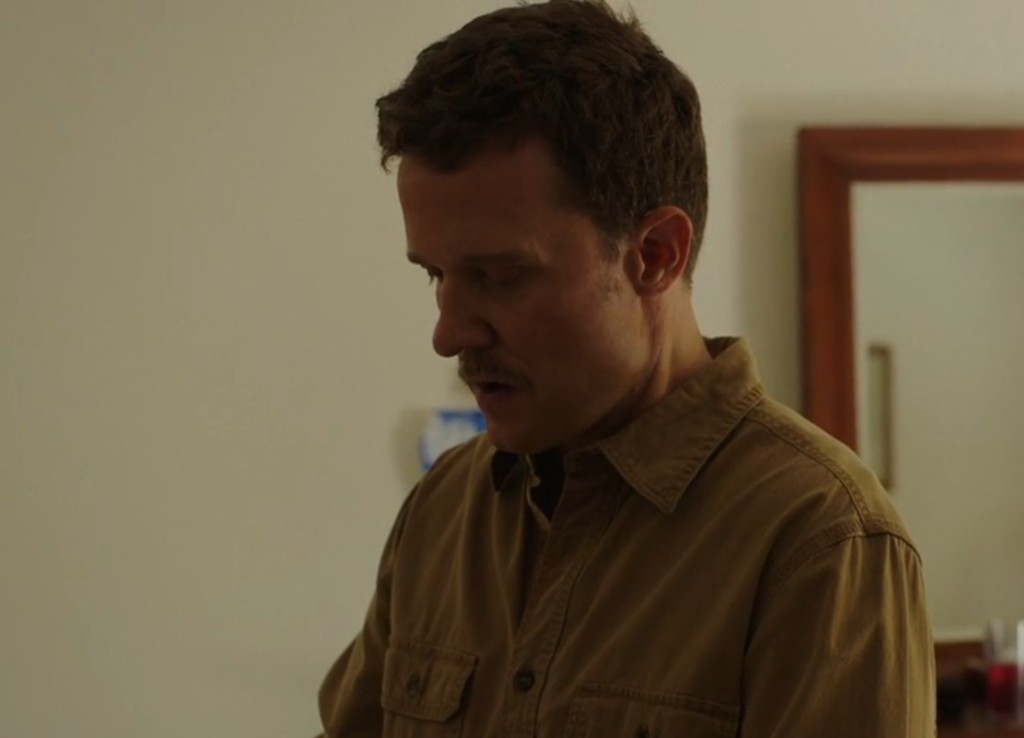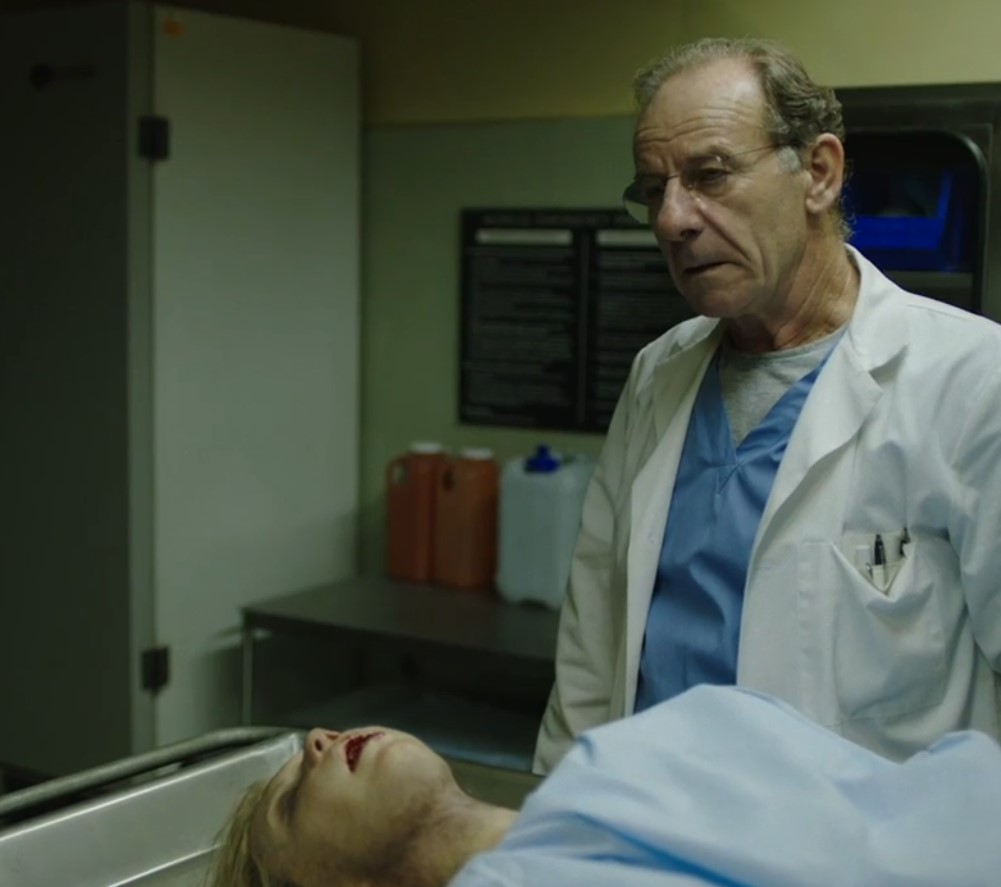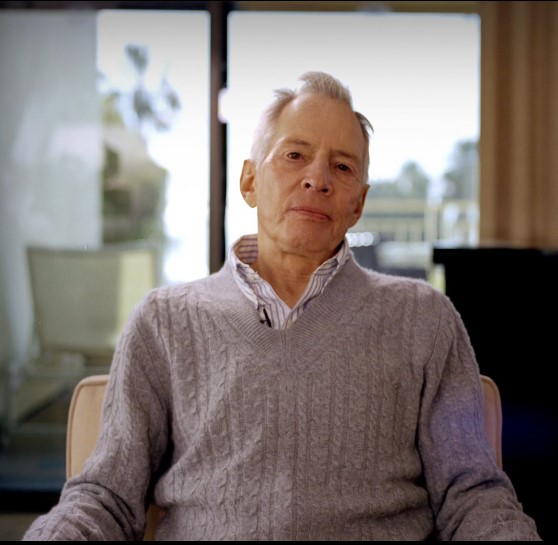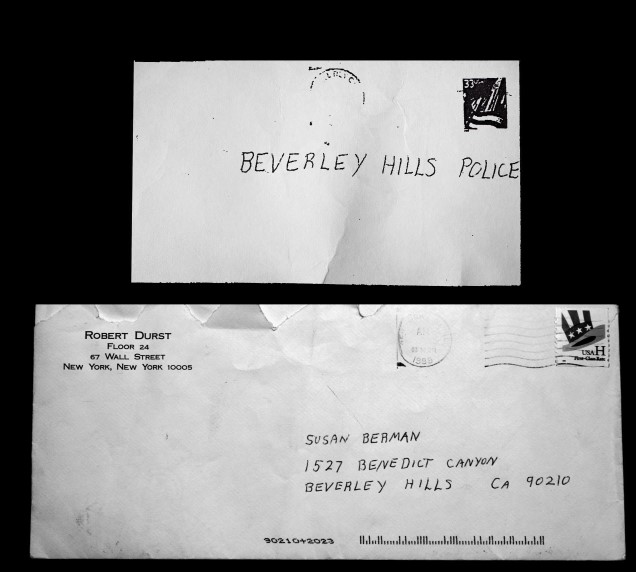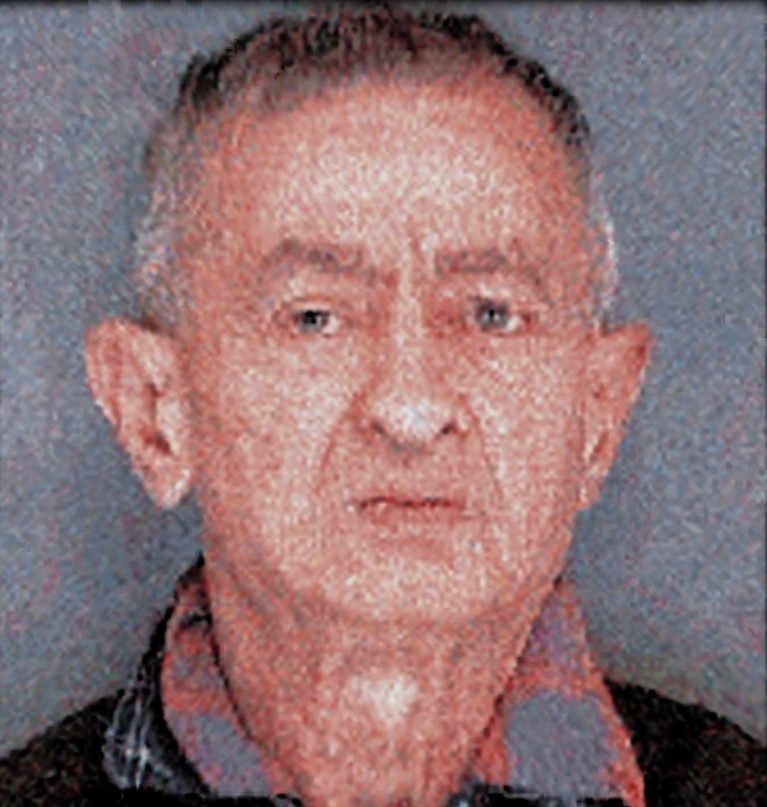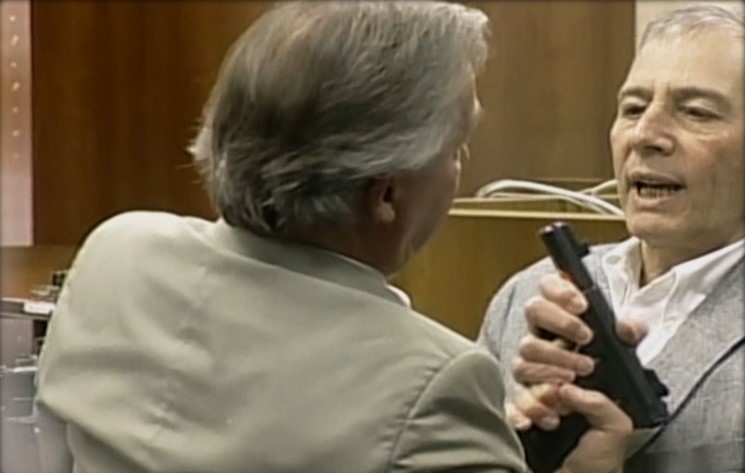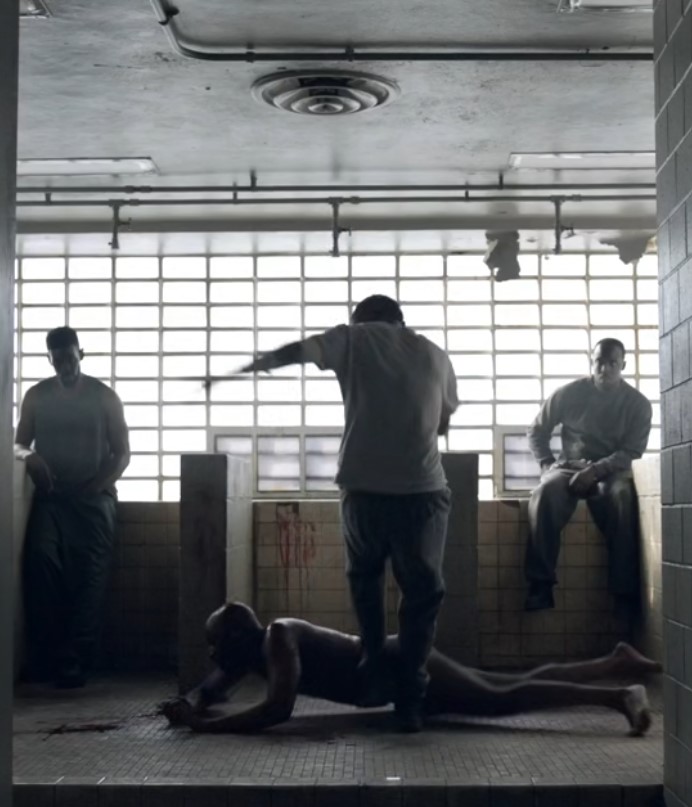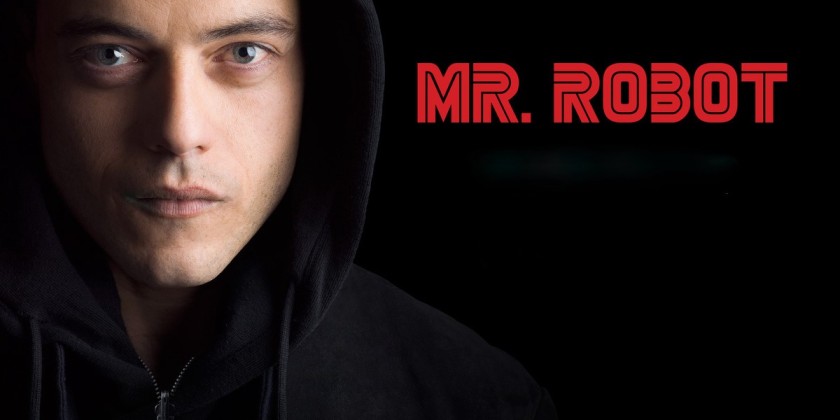Salem is a three-season 36-episode TV series based on the witch trials of Salem, Massachusettes between 1692-93. The most interesting piece of information about the series is that every single name uttered in the series is real, including the protagonists. But while the characters are real, the story weaved around them is completely fictional (unless one believes that devil exists and walks the Earth). The story revolves around the mass hysteria on witch-craft, religious extremism by Puritans and also, the American Frontier Wars by European settlers.
Witchcraft History
Witchcraft is the use of rituals, incantations and chants to wield magical powers. Medieval Christianity denied that such a thing can exist (canon Episcopi), and practitioners of witchcraft are only deluded superstitious pagans. But theologians like Thomas Aquinas’s elaborate descriptions on magic, its practice and “deals with the devil” in his book Summa theologicae, changed this stance. In fact, a detailed witch-hunter’s manual Malleus Maleficarum was issued by the Dominican order (referenced several times in the series).
The witch trials first started in 15th century Paris, in what came to be known as Valais witch trials, led by the Dominicans. It peaked between 1560-1630 in Germany, where roughly 30,000 people, 80% of them women were burnt at stakes. The Protestants joined the Catholics with equal fanaticism in these stake-burnings, even though it started with Dominicans (Catholics). It also spread geographically to Nordic countries (Torsaker witch trials of Sweden), fringes of Europe (Salzburg witch trials of Austria) and European colonies (Salem witch trials). In fact, Salem co-incided with the mass protests against and decline in witch-trials in mainland Europe.
Plot
The crux of the plot is that witches existed and were in fact using the trials to their own advantage. They had installed themselves at key positions of Magistrate and Countess, and the innocents who died in the trials were, in fact, human sacrifices for the re-birth of devil. Since Salem was an important port city, which is at the forefront of American Frontier Wars against Indian tribes & refugee influx due to King William’s war with France, it was an easy target for the witch covens.
The first season focuses on Mary Walcott (later Mary Sibley) trying to complete the Grand Rite, an event where malum (lit apple or evil) will spread. Her main detractors are Cotton Mather & his father, Increase Mather, two reputed witch-hunters. Mary also faces troubles with her old flame Cap. John Alden, senior witches of her coven and her lustful suitors who can’t deal with a powerful woman amidst them.
The second season starts after Isaac releases the malum and pox has started spreading like wildfire in Salem. The focus is on the arrival of the “Dark Lord” which requires two parallel events – appearance of the “Starry Messenger” comet, & pool of blood from adequate number of dead bodies. New characters like the Marburg family, Dr Samuel Wainwright and Increase Mather make the plot interesting. Anne Hale, the orphaned daughter of Magistrate Hale, starts on her way from innocence to femme fatale. The Dark Lord arrives, as Mary & Sr John’s son, John Jr.
(Fun Fact : The Starry Messenger is actually an astronomical treatise written by Galileo that was sold for an astronomical price, and later turned out to be a forgery)
The third season starts after the arrival of the Dark Lord and attempts to establish the reign of hell on Earth. The focus is on the event of Black Sunday, a day of reckoning where all Salem will burn, and humanity will see its demise. Only Mary can stop that, but unfortunately she dies. Fortunately, she is brought back by the witches, who feel betrayed by the Dark Lord, who instead of bringing the New World Order free of Puritans, has instead indulged in his nefarious plans to ashame his Father, the God. Well, it all turns out quite well at the end
Should I watch this? You may skip this, unless you really are into supernatural series. After the first season, it is a downhill. By the third season, it feels like it will never end.
